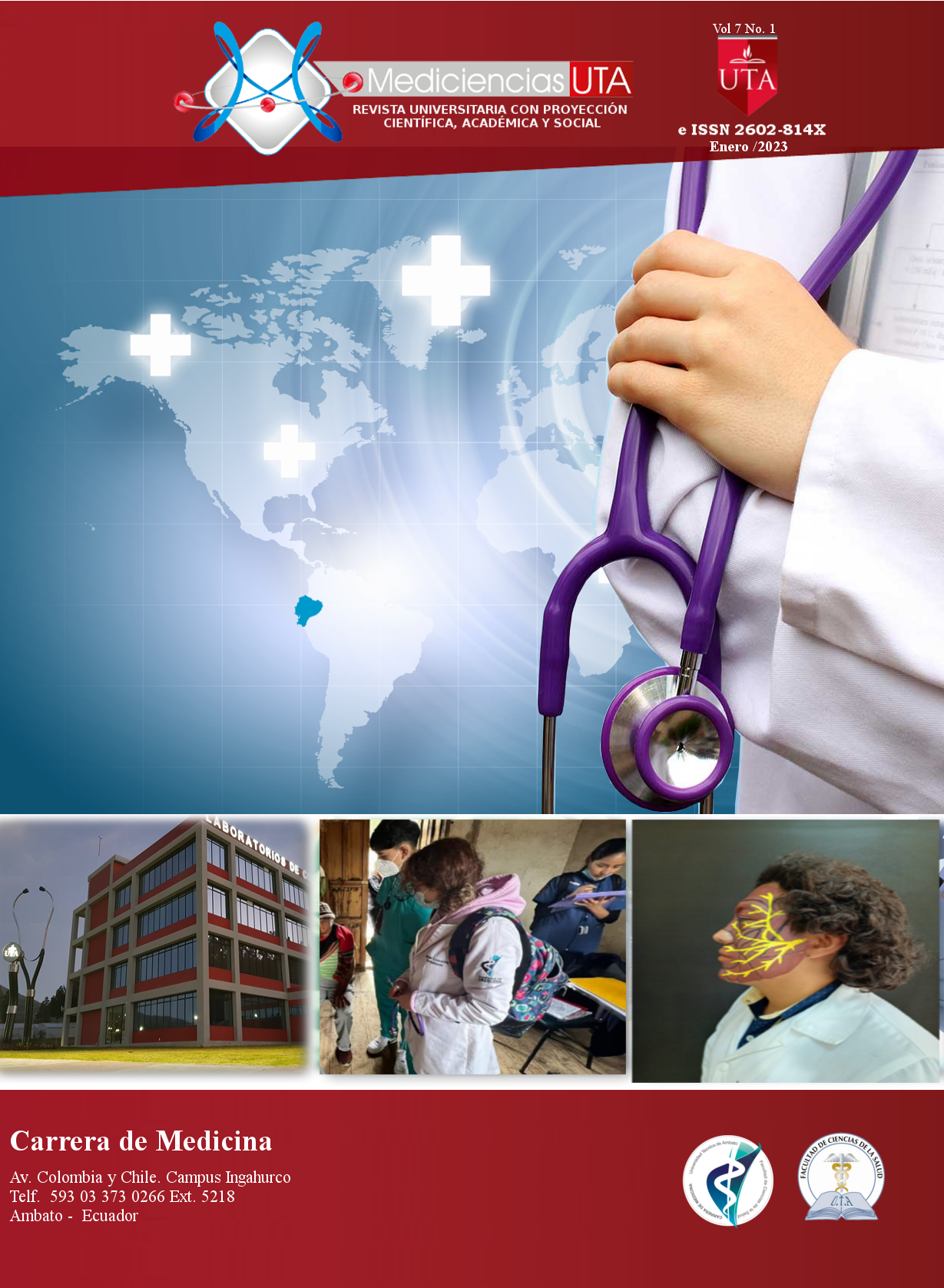Noonan syndrome. Clinical case report
Main Article Content
Abstract
Introduction: Noonan syndrome (NS) is a genetic disorder of autosomal dominant inheritance. It is characterized by a classic triad: very characteristic craniofacial features, short stature and congenital cardiovascular anomalies. The genetic alteration occurs in genes encoding proteins involved in the intracellular signaling pathway of RAS-MAPKs (mitogen-activated protein kinases), usually the mutation occurs in 4 genes. The clinical manifestations are varied and multisystemic. It is closely related to multiple lentiginosis, Costello syndrome and cardiofaciocutaneous syndrome. The diagnosis is purely clinical and life expectancy is similar to that of the general population if the disease is not very severe.
Objective: To describe the clinical case of a patient with Noonan syndrome and an updated review of its clinical presentation, diagnosis and clinical management.
Material and methods: An exhaustive review of scientific articles was performed, consulting PUBMED, ELSEVIER, SCIELO, SCIENCE DIRECT, MEDSCAPE, REVISTA ECUATORIANA DE PEDIATRIA databases, mostly from 2017, in Spanish and English languages. Full articles and clinical case reviews were reviewed.
Results: 20 articles were selected. Review articles, observational studies, descriptive, retrospective, clinical cases, clinical practice guidelines. A descriptive study was carried out for the presentation of a clinical case corresponding to Noonan syndrome. The case is presented of a 2-month-old male patient who is brought to the consultation for presenting palpebral ptosis and short stature, is evaluated by genetics resulting in a characteristic facie reminiscent of Noonan syndrome and the diagnosis is confirmed by molecular tests, laboratory tests and follow-up appointments are also performed.
Conclusions: Noonan syndrome is characterized by a typical triad including typical facial phenotype, congenital heart disease and short stature. The diagnosis is entirely clinical so primary care physicians should be properly trained to raise suspicion of possible NS and can be established by Van Der Burgt criteria although genetic testing can help in risk assessment and therapeutic management should be individualized according to age and prognosis will depend on the severity of presenting signs and symptoms.
Downloads
Article Details

This work is licensed under a Creative Commons Attribution-NonCommercial-ShareAlike 4.0 International License.



